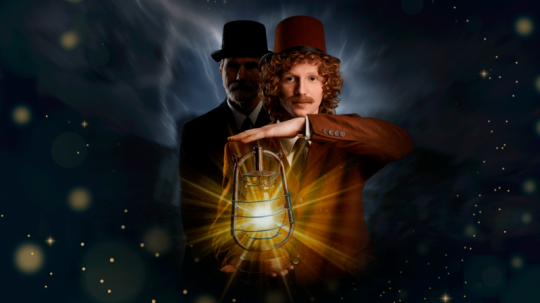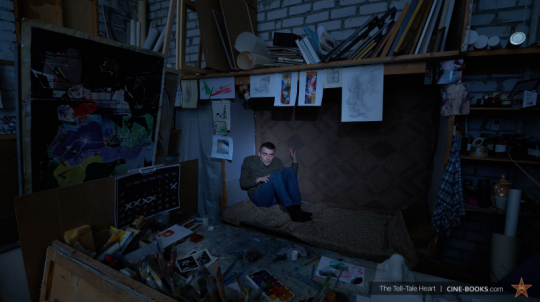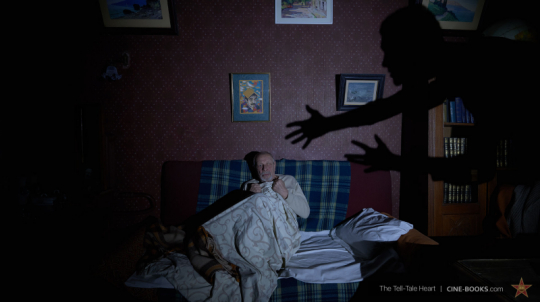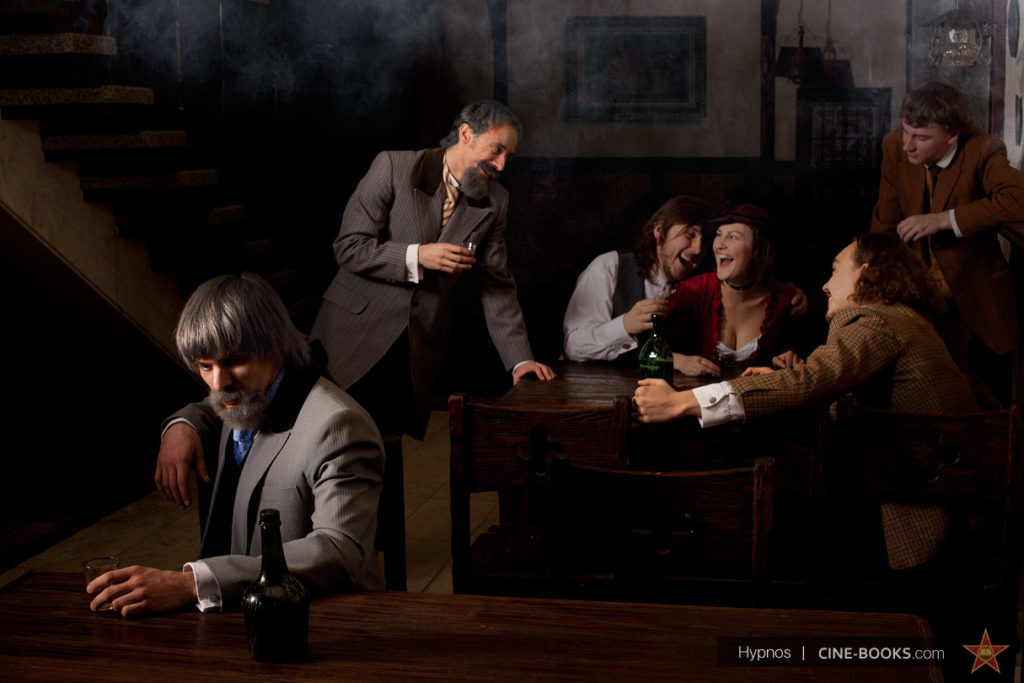
H.P Lovecraft is the undisputable master of horror. His tales bordering on cosmic horror and the terror of the unknown have recently resurfaced as the most esoteric form of the literary horror genre.
While conventional horror relies on fear of the absurd-strange yet perceivable, mostly in humanoid terms, Lovecraftian horror proudly distinguishes itself from this mantle. Lovecraft’s horror is based on the fear of that unknown entity indecipherable to collective human knowledge.
Perhaps this is why Lovecraft’s well deserved appreciation was late to come by. His readers could not comprehend the crux of his message. How can anyone fear something that even words cannot accurately describe? How can amorphous objects, geometrical shapes, patterns and inter-dimensional experiences be read, understood and feared from?
Lovecraft’s critics dismissed his marvelous literature as irrationally absurd at best and laughable at worst. Lovecraft’s works were way ahead of their time. However that was of little consolation to the writer’s own existence, as people mostly refused to buy into his works and ultimately, he died alone in absolute penury.
Lovecraft’s Reincarnation
Today, owing to a general expansion of reading comprehension among most literature aficionados, Lovecraftian horror is witnessing resurgence in popularity. Besides, for most readers who still miss the finer points of Lovecraft’s works, there are easily accessible commentary videos and other materials online to guide them towards the shore. Lovecraft has finally begun receiving the praise long overdue to him.
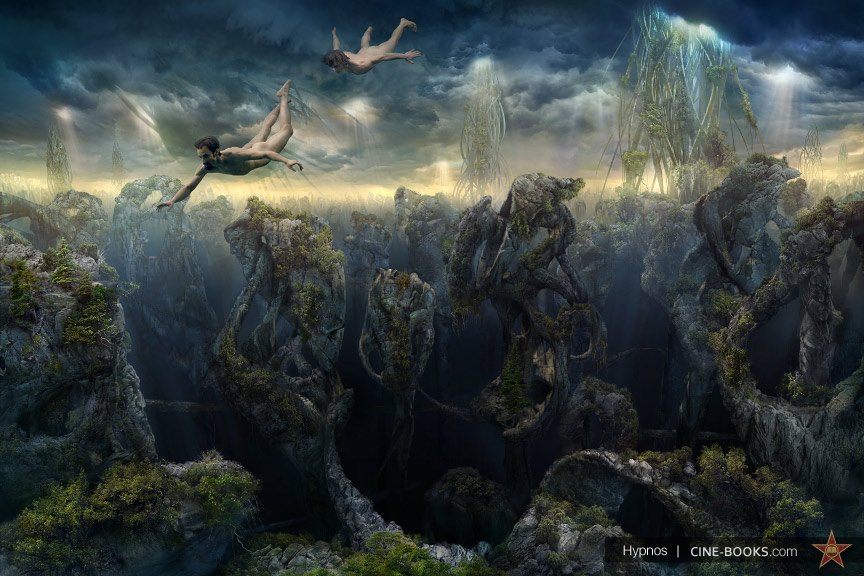
Advice for Beginners
If you are new to the Lovecraft universe, make sure you pick up his work with an open mind. Lovecraft has often abetted the use of conventionally disowned practices in his works, including the use of illicit substances. This is particularly relevant with reference to his work titled Hypnos.
Why “Hypnos” Warrants An Open Mind
Hypnos begins with the narrator bringing home a stranger he found on the street, after being mesmerized by the inexplicable wisdom of his countenance. What then followed were vivid dreams they together embarked upon after consuming drugs.
Their hallucinations opened portals of wisdom for the narrator, where he found his newfound consciousness rising above the one he previously held for granted. In his hallucinations, the stranger turned friend turned drug companion used to lead him through peculiar landscapes populated by even peculiar objects.
Here is where Lovecraft’s essence to emphasize language’s inability in describing the esoteric and the veiled stands in all its starkness. When reading in plain text, it gets difficult to imagine the exact landscape Lovecraft via the narrator tries to portray. This is where most readers quit reading and put themselves in a disadvantage of not discovering a completely novel experience.
The CINE-BOOKS Magic
Thankfully, here is where CINE-BOOKS steps in as a savior. The immensely rich baritone of the CINE-BOOKS s narrator and gorgeous music score aside, the visual frames in conjunction with the text warrant an entire description.
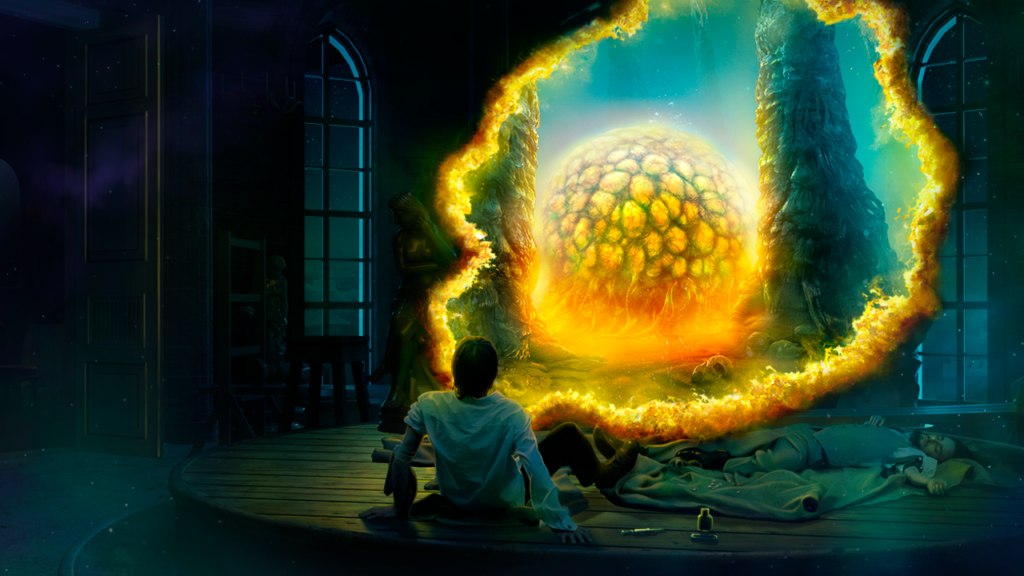
CINE-BOOKS’ VISUAL INTERPRETATION OF HYPNOS’ TEXT IS SIMPLY MARVELLOUS. Adjectives, or any other figment of the English language, are only going to be poor descriptor’s of CINE-BOOKS artistic brilliance (somewhere out there, Lovecraft is smiling). Every page is a piece of stupendous art.
The rich hues, the surreal animation, the details all add to the mysticism of the narrative. Never before has this feat been achieved by any other media platform. CINE-BOOKS has gone a step beyond in establishing a cultural milestone.
Don’t just rely on our word for it, check it out for yourself at: https://cine-books.com/store/hypnos
you may also like
Herbert George Wells is undoubtedly a household name. This prolific British litterateur has many amazing works of literature to his...






